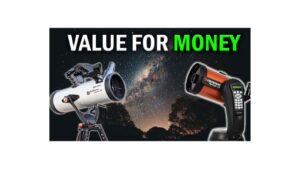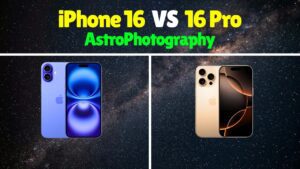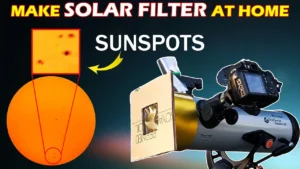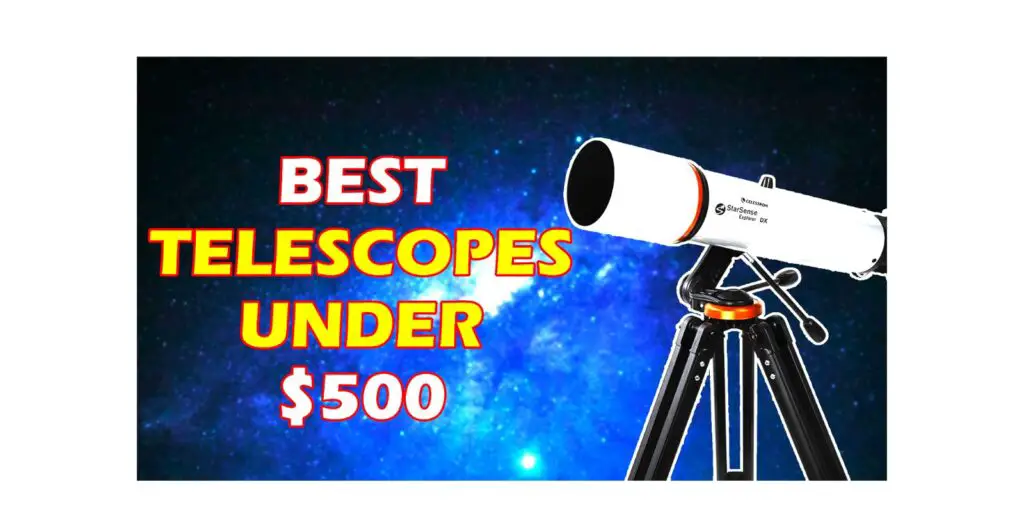
If you are looking for a telescope in the $500 range, then one very important thing you should know is that the telescopes in this price range are most suitable for beginner to very intermediate astronomers. Also, in this price range, most telescopes will offer a decently sized aperture with many other features.
However, don’t expect advanced telescope-level performance. Some telescopes on the list might be slightly more expensive than $500, but they are added to the list because they will be the best option for the range of telescopes you are looking for. So, if you have a budget, then you can go for them as well.
Celestron NexStar 90 SLT
This is the first telescope from the Celestron SLT series. This is the Maksutov-Cassegrain type of telescope. If you don’t know what exactly the different types of telescopes are, then you should read this article. Maksutov-Cassegrain telescopes usually have a very long focal length and a narrow field of view. This is ideal if you want to observe planets. As with the longer focal length, you can zoom in on the nearby objects and see their details.
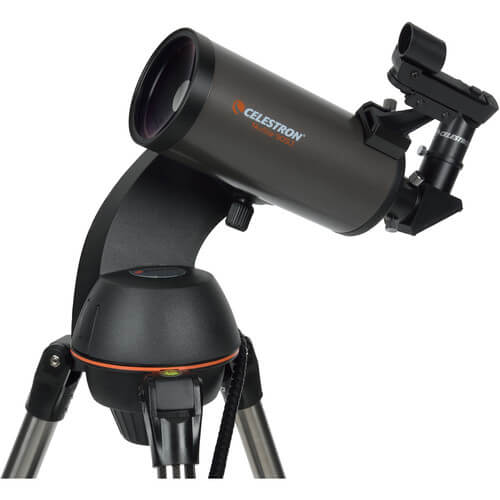
The aperture of this telescope is 90 mm. Its focal length is 1250 mm, and its focal ratio is f/14. With this telescope, you will get two eyepieces, one measuring 25 mm and the other 9 mm. You might have noticed the focal length is quite long. Also, the focal ratio of the telescope is well above 12, which will give you a very narrow field of view.
You can see the moon in great detail with this telescope. Observing nearby planets and objects is superb with this telescope.
Celestron NexStar 102 SLT
This is the second telescope in the Celestron SLT series. This is a refractor-type telescope. Read more about different types of telescopes. Refractor telescopes are usually great and require very little maintenance. They do not require any collimation like other types of telescopes do. Also, the views from the refractor telescopes are crisp and clear.
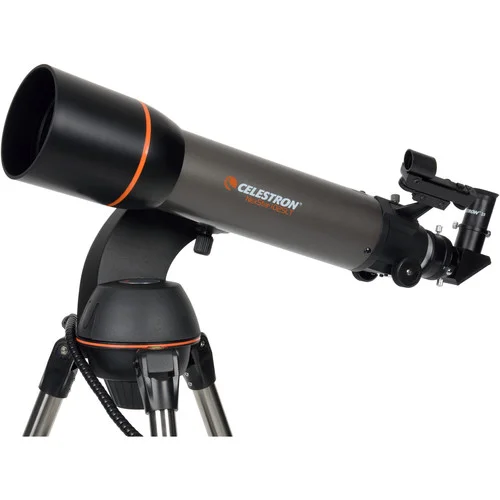
The aperture of this telescope is 102 mm. Its focal length is 660 mm, and its focal ratio is f/6.5. You get one 25mm and one 9mm eyepiece with this telescope.
The telescope comes with a computerized mount, which already has data on more than 4000 celestial objects. So, you do not need to worry about navigating through the night sky. You will only need to put in the name of the object you want to observe, and the computerized mount of the telescope will take you to that object.
You can see the moon, planets, and some bright deep space objects with this telescope.
Celestron NexStar 130 SLT
This is the biggest telescope in Celestron’s SLT series. This is a reflector-type telescope. The aperture of this telescope is 130 mm. It has a 650mm focal length and an f/5 focal ratio. The optics of this telescope are coated. so that maximum light can be reached by the eyepiece.
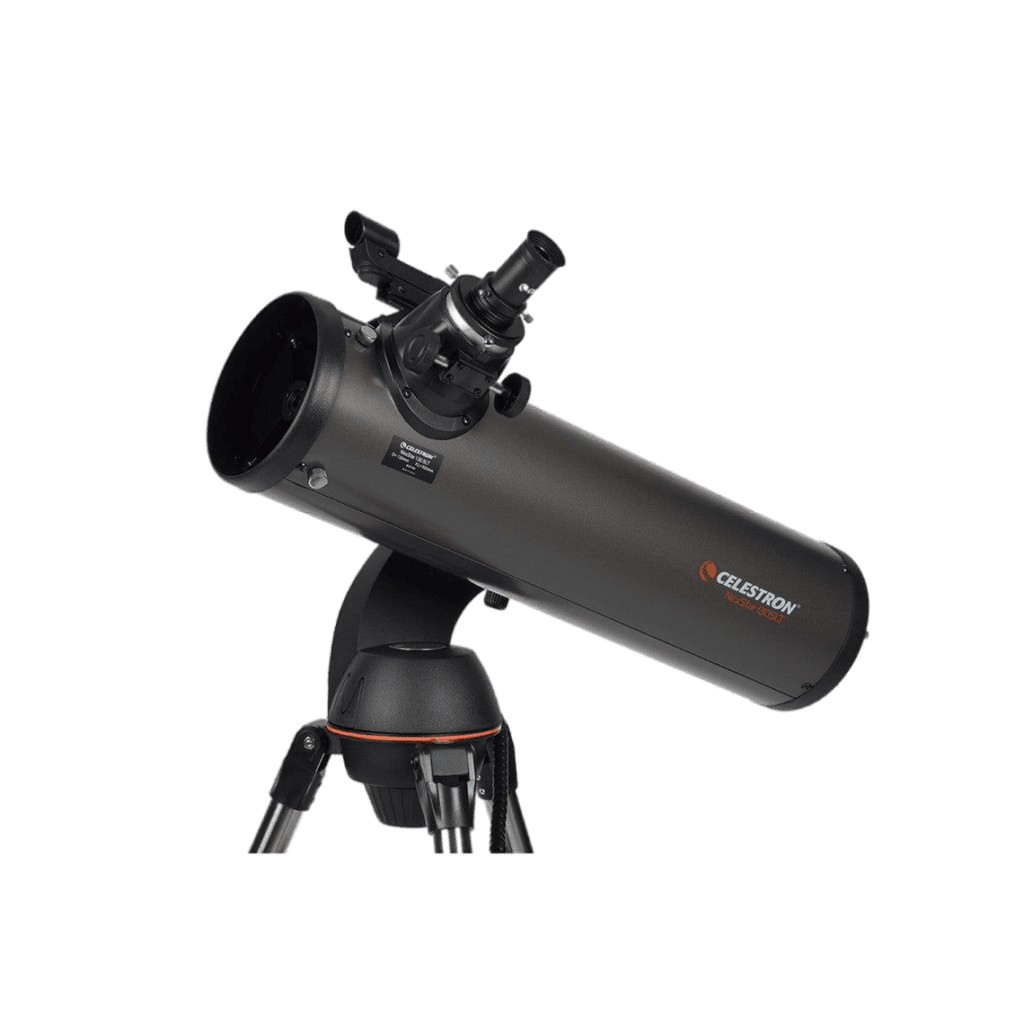
The focal length is only 650 mm, and the focal ratio is 5, which is close to the faster focal ratio. A faster focal ratio is good for observing deep-space objects. With a less focal length and a fast focal ratio, you can get a wide field of view, which is good for observing objects in deep space objects.
The total weight of this telescope kit is around 10 kg. In comparison to the size of the aperture, it is a very light telescope. The telescope has a computerised single fork alt-az mount. It comes with a database of more than 4000 celestial objects. In short, you do not have to worry about navigating through the sky with this telescope.
With this telescope, you can see the moon, Jupiter, Saturn, and their rings. You will also be able to see some bright deep space objects, such as the Andromeda galaxy and the Orion nebula.
Orion SkyQuest XT6 Classic Dobsonian
What you’re looking at is a Dobsonian telescope. Dobsonian telescopes are great value for money. In this article, we discussed Dobsonian telescopes. A Dobsonian telescope will give you the most aperture for your money if you’re on a tight budget.
Remember, a bigger aperture gives sharp and clear images. Read more about telescope apertures here.
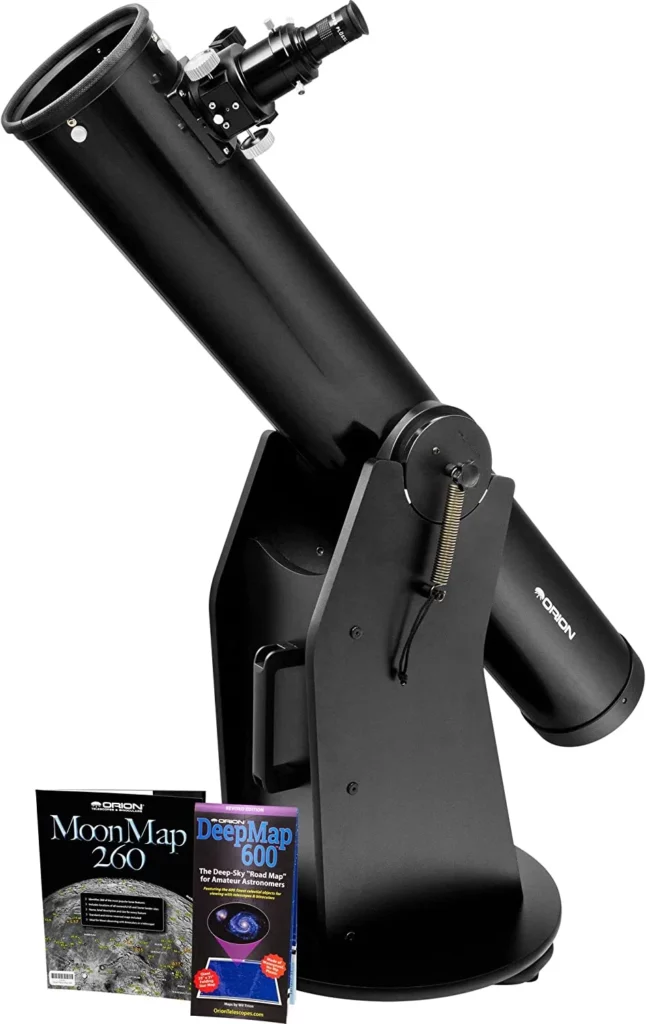
The Dobsonian telescopes are reflector-type telescopes. The XT6 has a 6-inch aperture.
Its focal length is 1178mm, and its focal ratio is f/8. It has enough focal length to zoom in on a nearby object like the moon and show it in great detail. The telescope collects 80% more light than the 4.5-inch aperture telescopes. This telescope will also show you the details of the bright planets in the night sky, like, Jupiter, Saturn, Mars, etc. This telescope is an absolute value for money.
The biggest disadvantage, as with all Dobsonian telescopes, is their weight. This telescope is also not immune from this disadvantage. The total weight of this telescope assembly is 32 lbs or around 15 kg. But if weight is not an issue for you, then this is the telescope you should go for.
Zhumell Z114 Portable Alt-Azimuth
This is also a Dobsonian telescope from Zhumell. This telescope, however, differs slightly from most large-aperture Dobsonian telescopes. This telescope is a tabletop Dobsonian, which means it is lightweight and compact/small enough so that it can be kept on the table while observing.

The aperture of this telescope is 114 mm, or around 4.5 inches. It has a decent aperture size. Its focal length is 465 mm, and its focal ratio is f/4. The telescope has a sturdy Dobsonian mount. The total weight of the telescope assembly is 11 lbs or around 5 kg. It is very lightweight and easy to carry around.
The optics of the telescope are great, as this telescope has a parabolic mirror. Usually, parabolic mirrors are better than spherical mirrors, you can read more about telescope mirrors.
You can see the moon, planets, and possibly some bright deep-sky objects like the Andromeda galaxy with this telescope. You will need very clear skies to see any deep space object with this telescope. But do not expect any performance for a deep sky object as it has only a 4.5-inch aperture. This is insufficient for deep-sky observation. If you are looking for a handy, easy-to-carry telescope that gives good results, then this telescope is for you.
Sky-Watcher Classic: 150 Dobsonian
Another Dobsonian telescope from the Sky-Watcher telescope line. As previously stated, Dobsonian telescopes offer excellent value for money. They deliver more than what you pay for.
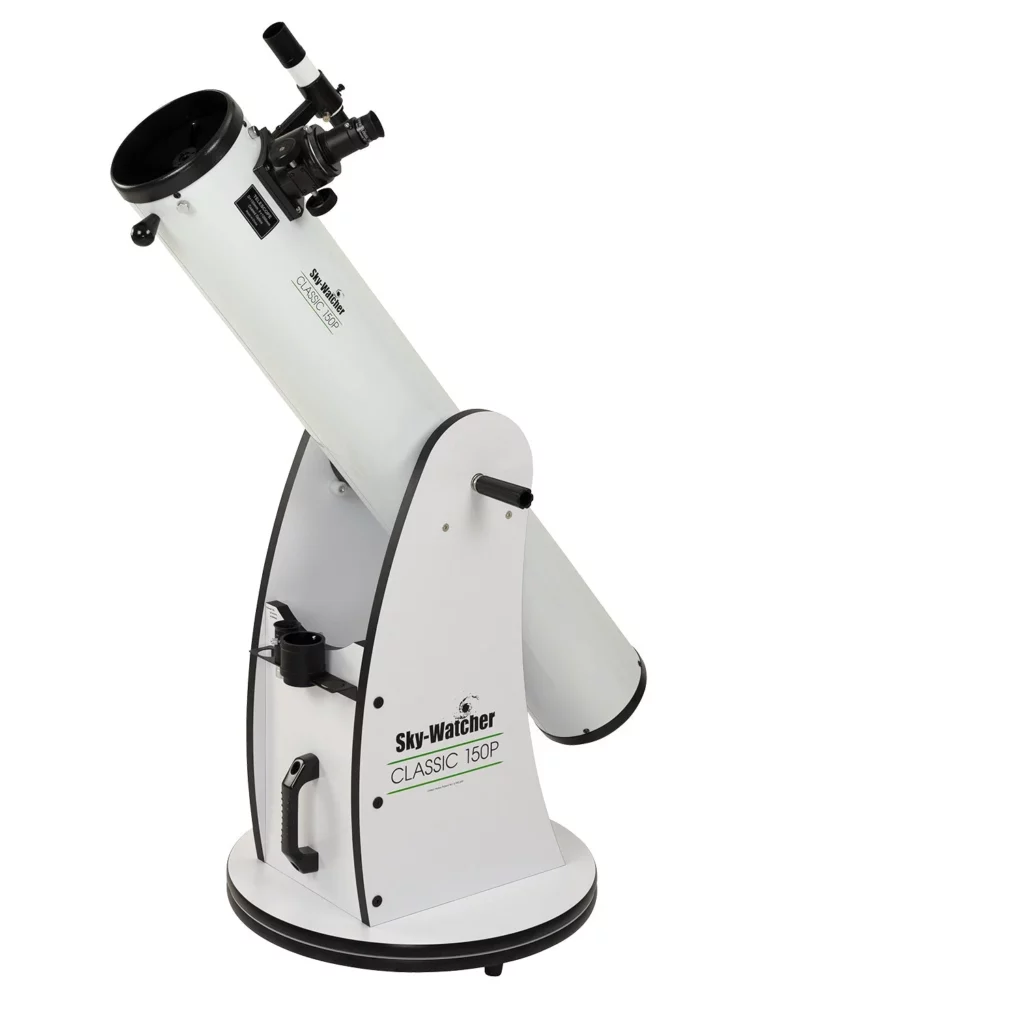
The aperture of the telescope is 150mm, or about 6 inches. Its focal length is 1200mm, and its focal ratio is f/8. This telescope is similar to the previously mentioned Orion XT6. The telescope has parabolic mirrors, which means there will be no chromatic aberrations.
The telescope is very simple to set up and takes very little time. Given that the telescope is midsize, it is quite stable. With this telescope, you can see the moon, and the telescope has enough focal length that it can show you the moon in great detail. The brighter planets like Jupiter, Saturn, and Mars will look good through this telescope. The focal ratio of the telescope is f/8. That means the telescope is in the midrange for planets and deep-space objects.
You will be able to observe the brighter deep-space objects with this telescope. If you get really clear skies in your region, then you might see some more performance, but do not expect too much as the aperture is 6 inches, which is considered the entry-level aperture for deep-space observation.
The only disadvantage of the large aperture Dobsonian, as usual, is its weight. This telescope weighs approximately 16 kg (33 lbs). So, if portability is not an issue for you, you can go with this telescope.
Celestron Starsense DX 130AZ
The StarSense series telescopes are the best. Not only are the telescope optics excellent, but so is Celestron’s StarSense technology. We have reviewed the StarSense 114LT telescope, and there we explained how easy it is to use StarSense. If you want a fun experience without worrying about finding objects in the night sky, then the Starsense series telescopes are for you.
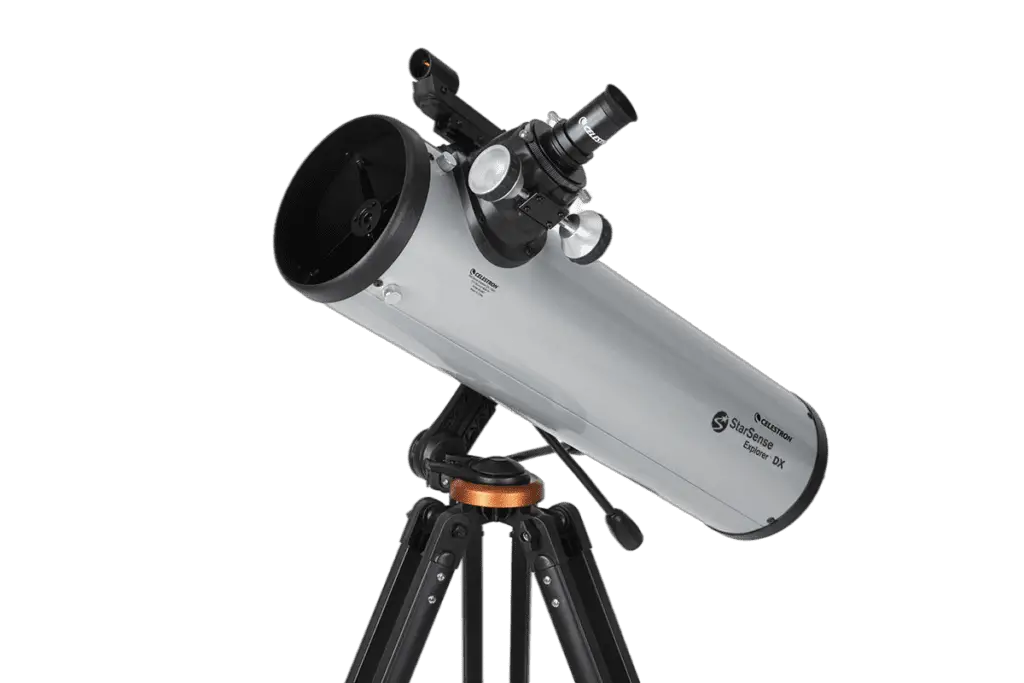
This is a reflector-type telescope. It has an aperture of 5 inches around 130mm. It has a focal length of 650mm and an aperture of f/5.The telescope’s optical tube is similar to the Celestron Nexstar 130SLT telescope. The only difference is that in the SLT series, you get a computerized mount. With StarSense, you get a simple Alt-Az mount. This AZ mount has slow knobs for both altitude and azimuth motions.
Combine this with StarSense, and this telescope will show you the moon, Jupiter, Saturn, Mars, and some bright deep space objects. As mentioned earlier, StarSense adds another level of experience with this telescope. You can give this telescope to any person who has never even touched a telescope and tell him to find any planet, and within 2–3 minutes that person will be able to show you the planet. It is that easy to use this telescope.
If you want a great experience and do not want any hassle finding objects in the sky, then go for this telescope.
Celestron Starsense 102AZ
This is a refractor-type telescope used in conjunction with a StarSense. Once again, the StarSense is exceptional. We have covered all the telescopes from the Starsense series in this article. Celestron’s Starsense series also includes Dobsonian telescopes, which were introduced last year. They are also great and can be a great possession for observing the night sky, but they are well above the price range of $500. If you want to buy a Dobsonian telescope, you should look into them. Check out our article on Starsense Dobsonians for more information.
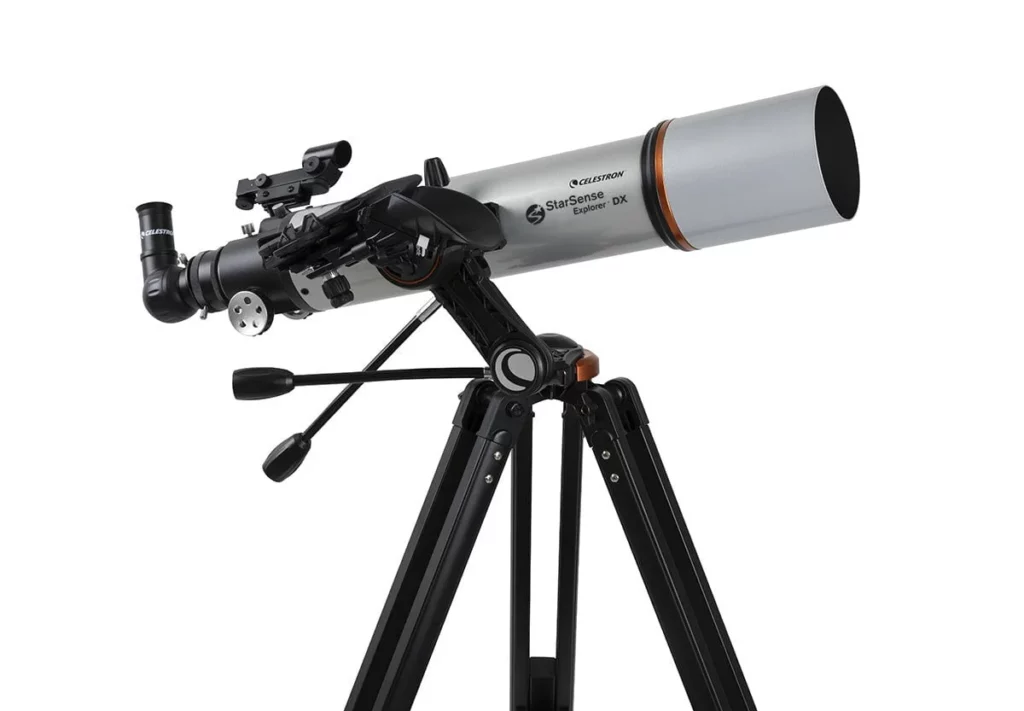
This telescope has an aperture of 102 mm or around 4 inches. Its focal length is 660 mm, and its focal ratio is f/6.5. The optical tube of this telescope is quite similar to the Celestron NexStar 102 SLT telescope. The only difference between these two telescopes is their mounts. But a computerized telescope will be expensive, so a telescope with StarSense can be great for your budget.
With this telescope, you can see the moon, Jupiter, its four moons, cloud bands, and the great red spot. The optics of this telescope have a coating that ensures maximum light throughput. This telescope also comes with a 90-degree erect image diagonal. So you can use this telescope to observe birds during the day as well.
The total weight of this telescope kit is 14.5 lbs or around 6.5 kg. The portability of this telescope is not an issue, as it is very light. Combined with StarSense, the experience will be completely on another level.
As a beginner astronomer, these telescopes are good for you to get familiar with the night sky. But eventually, you would want to do astrophotography and capture beautiful images of the sky.
Those beautiful photos from Instagram probably got you interested in this hobby, which is awesome. Astrophotography is very different from just observing the night sky, so check out this article to learn more about astrophotography. You can also find the best suitable telescope for you with our telescope search tool.

